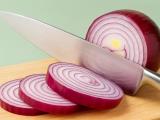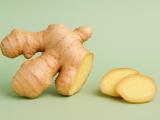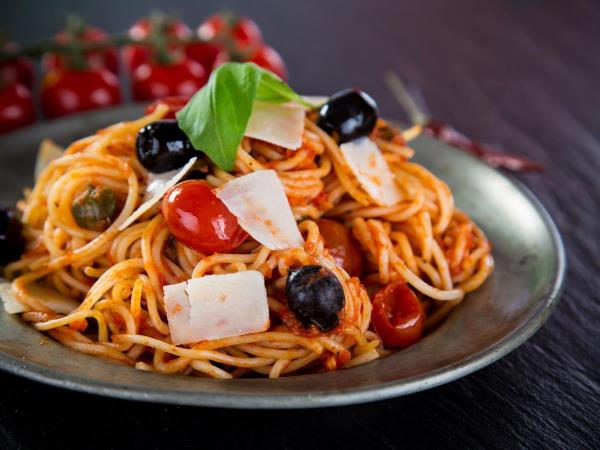Pasta through the ages: more than just a tasty dish
Pasta has a rich history that dates back over 2000 years. Different cultures developed various shapes and preparation methods, but they always shared one thing – simplicity and accessibility. In folk medicine, pasta was often recommended as easily digestible food, suitable for recovery after illnesses or as a comfort food on cold days.
What does modern science say?
Modern research confirms that pasta can play an important role in a balanced diet. The key lies in choosing the right type of pasta and the way it is prepared.
Whole grain pasta: Contains more fiber, vitamins, and minerals than white pasta. Fiber aids digestion, regulates blood sugar levels, and increases the feeling of fullness. One serving (approximately 1 cup of cooked whole grain pasta) contains about 6 grams of fiber, representing about 24% of the recommended daily intake.
- Glycemic index (GI): Pasta has a lower GI compared to other carbohydrates like white bread or potatoes. This means it causes a slower rise in blood sugar levels, which is beneficial for diabetics and those looking to control their body weight.
- Proteins and minerals: Pasta is a good source of plant-based proteins and contains important minerals such as iron, magnesium, and selenium. These minerals play a crucial role in various bodily functions, including the immune system and metabolism.
Folk wisdom and modern advice
Advice often used in folk medicine is now also supported by modern science:
- Eat slowly and in moderation: Consuming pasta in moderate amounts and eating slowly helps with better digestion and increases the feeling of fullness.
- Add vegetables: Combining pasta with different types of vegetables increases the nutritional value of the meal and adds fiber and vitamins.
- Avoid heavy sauces: Instead of heavy, creamy sauces, it is better to use light sauces based on tomato or olive oil, which are easier to digest and contain fewer calories.
Practical tips for incorporating pasta into a healthy diet
Choose whole grain or legume-based pasta: In addition to whole grain pasta, there are also pasta varieties made from lentils, chickpeas, or peas, which contain more proteins and fiber.
Cook them al dente: Pasta cooked al dente has a lower GI and is more filling.
Add proteins: Combine pasta with sources of proteins such as tofu, legumes, or lean meats for a more balanced meal.
Pay attention to portion size: The recommended portion of cooked pasta is about 1 cup (approximately 200-220 calories).
Conclusion
Pasta can be a part of a healthy and balanced diet if consumed in moderation and combined with other nutritious ingredients. Folk wisdom and modern science agree that pasta, when prepared correctly, is a tasty and nutritious choice. As the old saying goes: Everything is good in moderation.









 Would you like to be informed about news on the website?
Would you like to be informed about news on the website?

